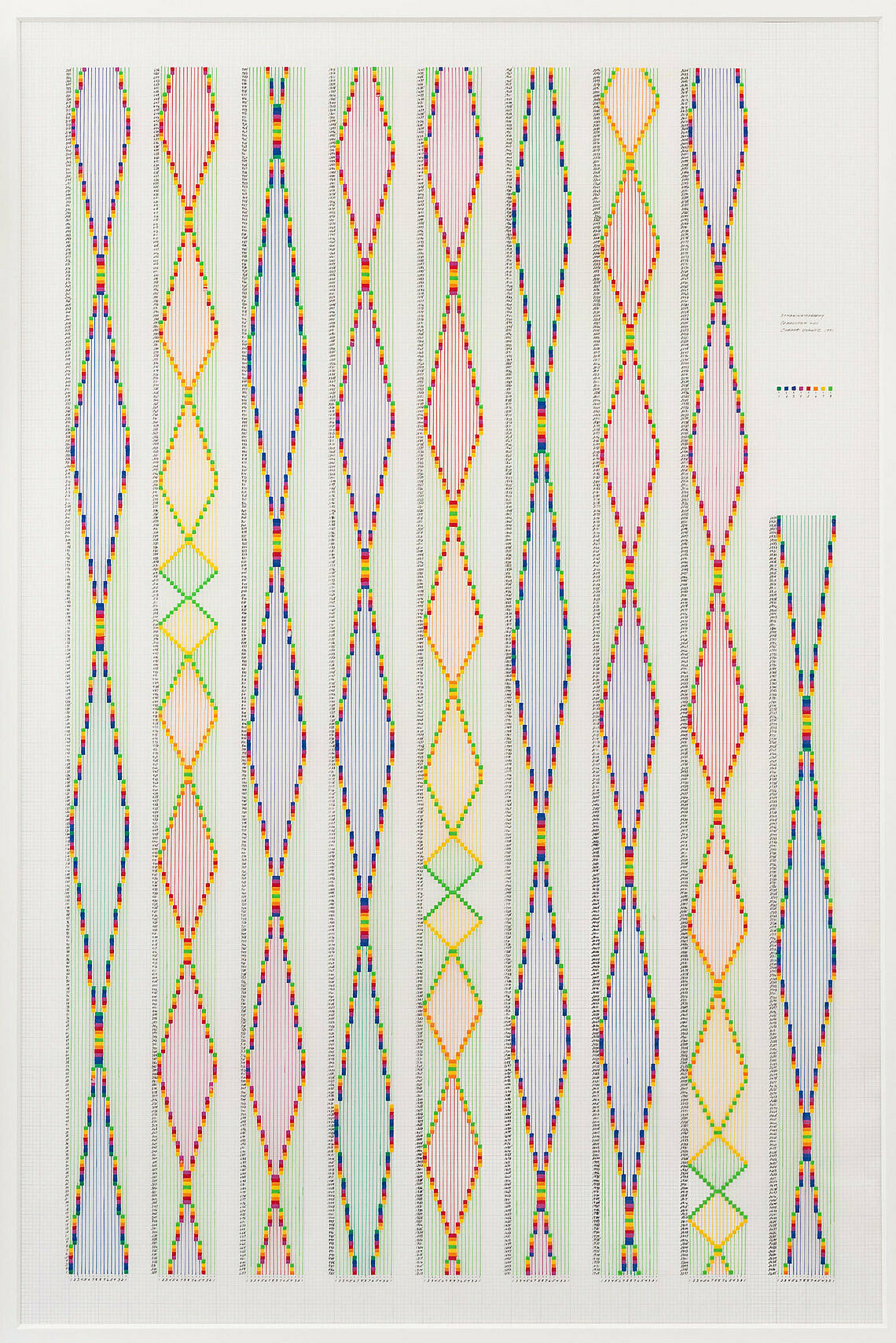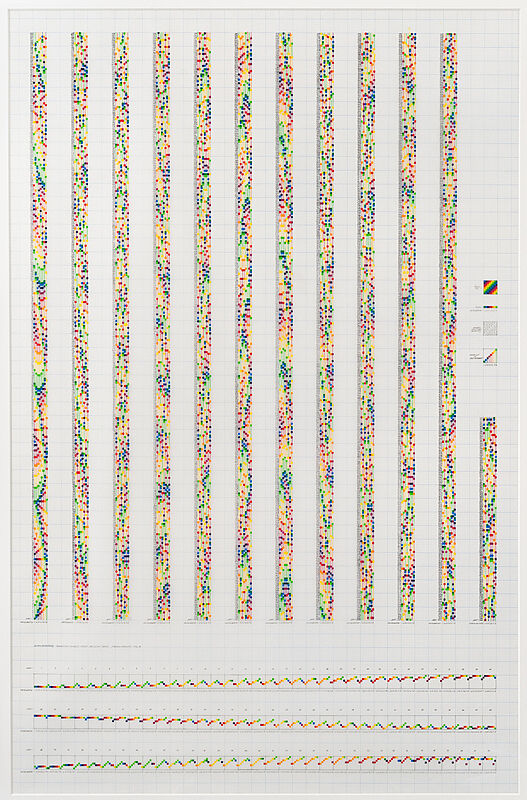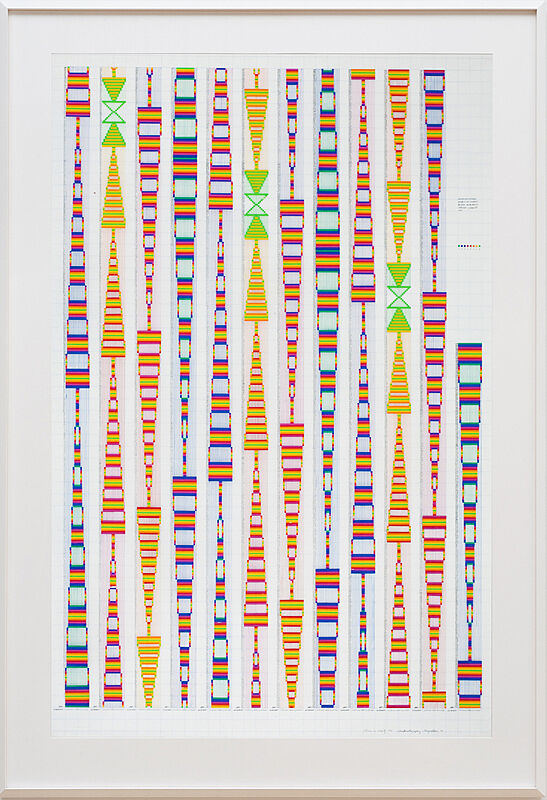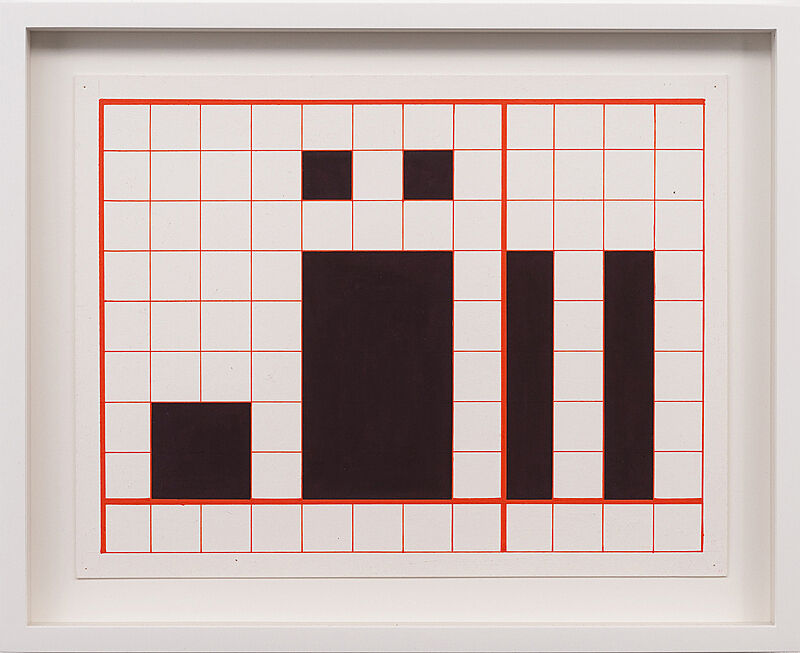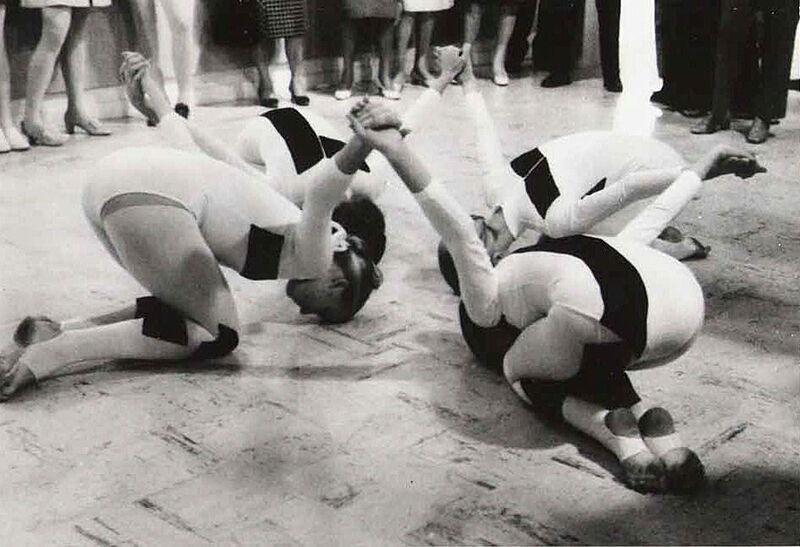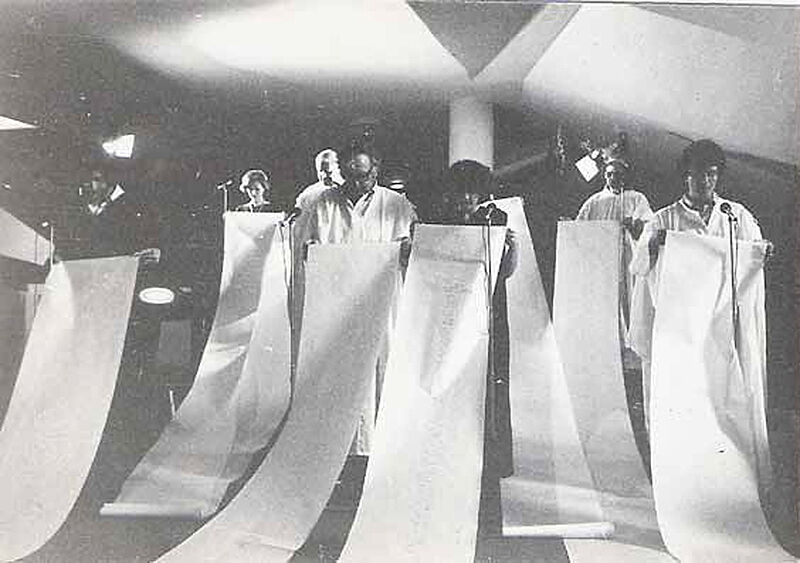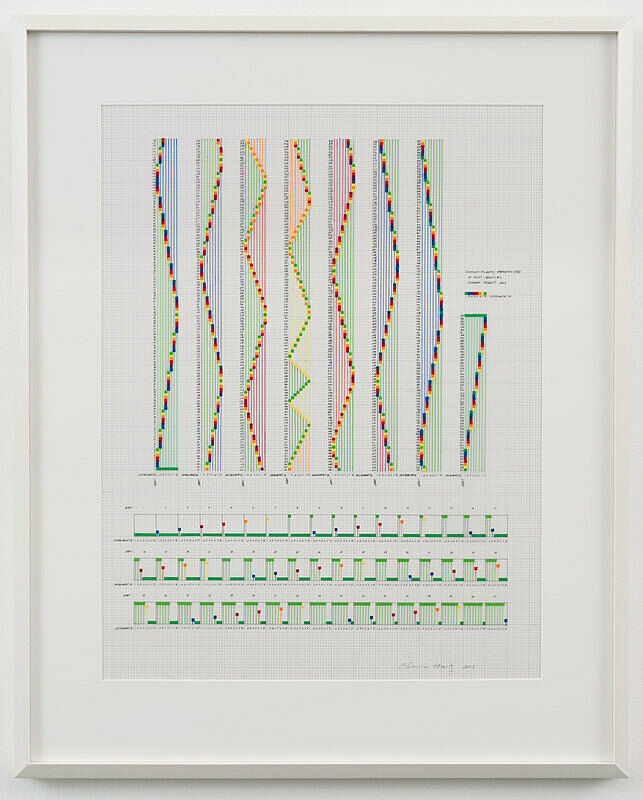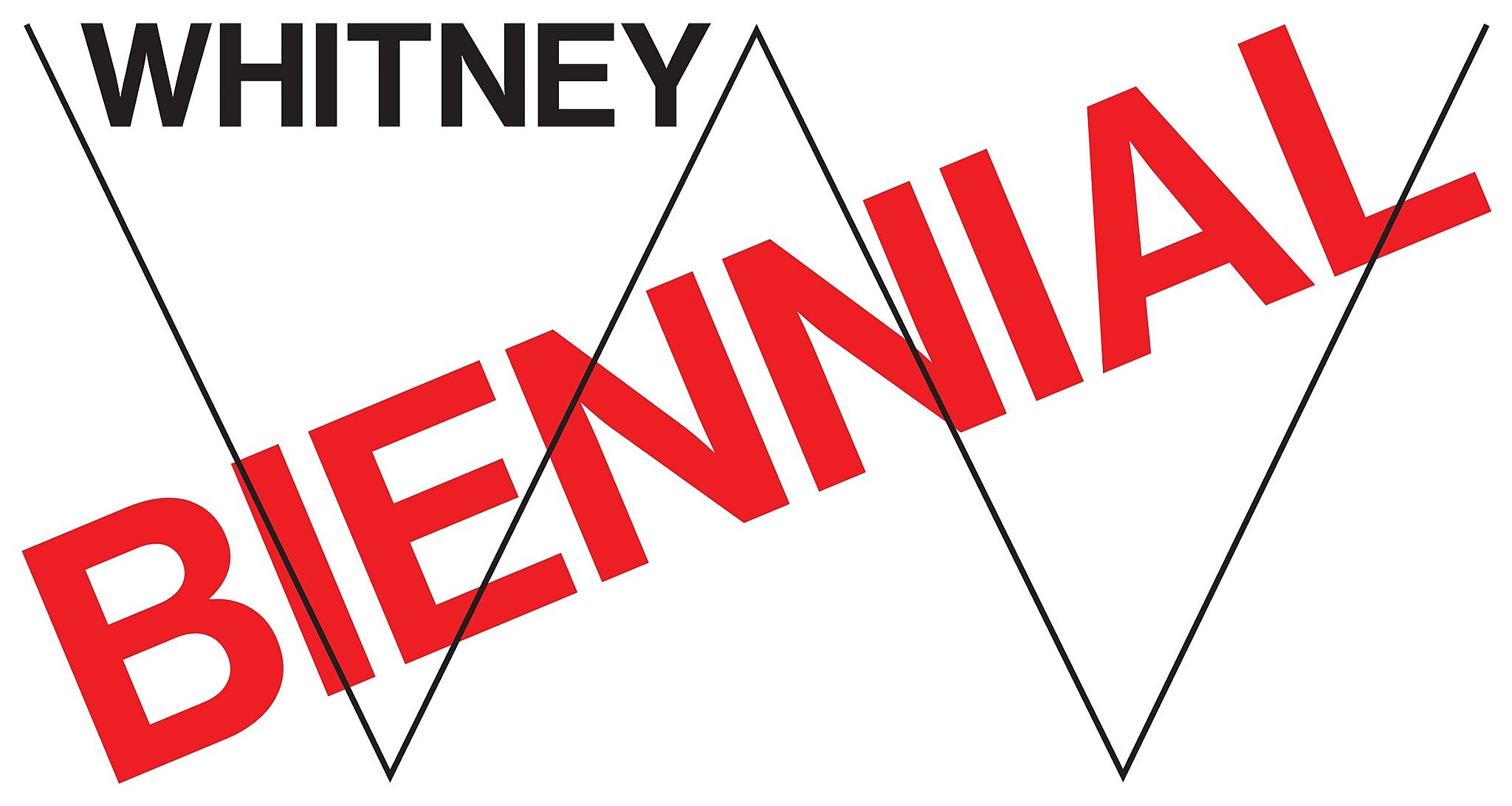Channa Horwitz
Born 1932 in Los Angeles, CA
Died 2013 in Los Angeles, CA
For over four decades, Channa Horwitz produced drawings, paintings, and installations using a rigid formal vocabulary of her devising, built on a standardized grid (that of graph paper) and a system of notations based on the numbers 1 through 8, each assigned its own color. This system, which the artist termed “Sonakinatography,” was developed by Horwitz as a way of marking and expressing time, movement, and rhythm. Many of her works were originally intended as scores—detailed yet open-ended notations for dancers, musicians, and performers. The self-evidently labor-intensive and painstaking process of creating the drawings themselves suggests their additional role as records of the artist’s own time, labor, and thought.
Despite the many links between her work and other conceptual and performative artworks of the 1960s and ’70s, Horwitz worked in relative isolation and obscurity for decades. It was not until the last years of her life that her work was widely recognized—due in part to the way it anticipated and engages with that of a younger generation of artists who have emerged in an era defined by algorithms and code and who, like Horwitz, understand the relationship between images, actions, and performance.
On View
Third Floor
Channa Horwitz’s work is on view in the Museum’s third floor galleries.

